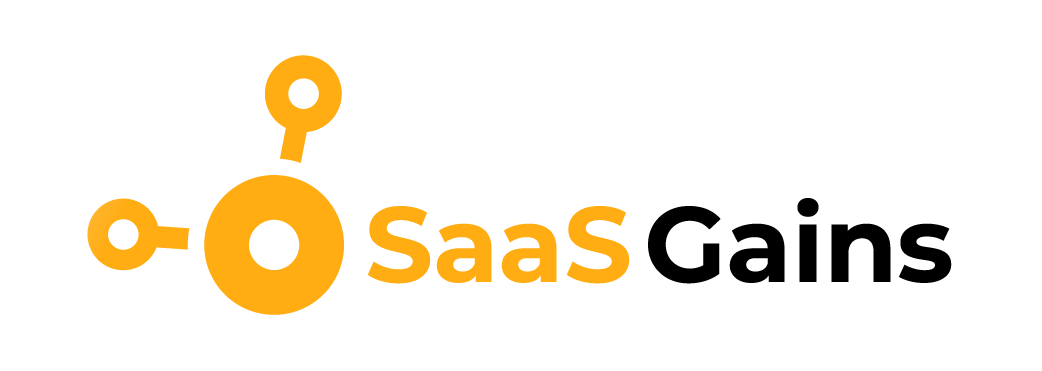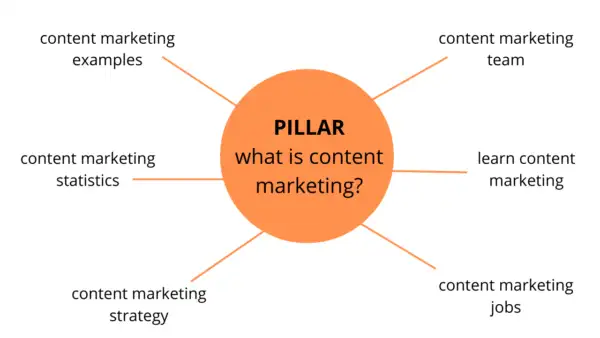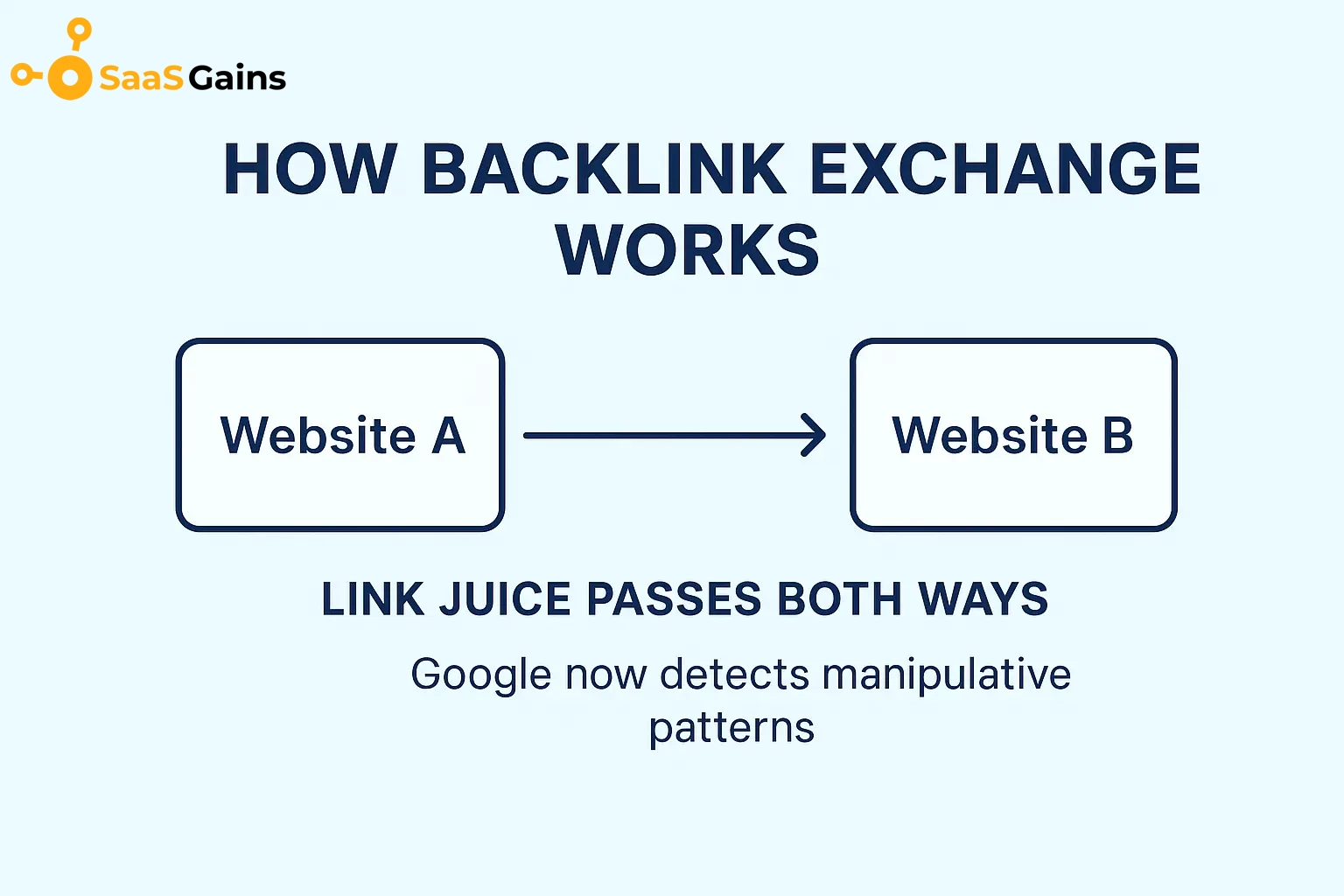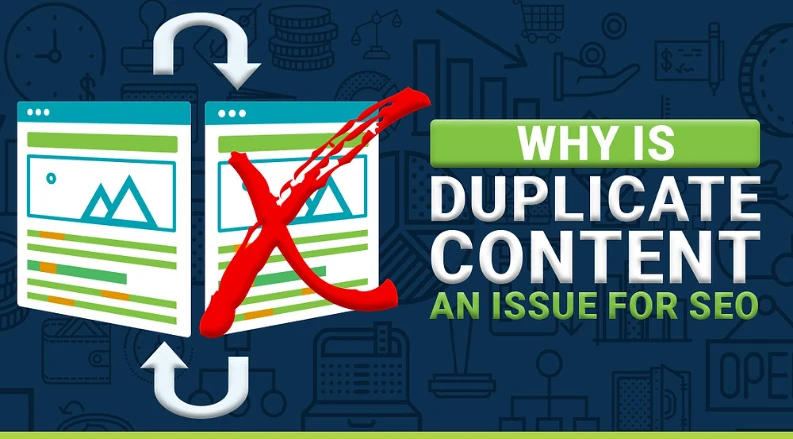The Foundation of Modern SEO
The way we approach SEO has completely changed. If you’re still writing articles focused on one tiny keyword, you’re probably losing out on major ranking opportunities. Google’s smarter now: It doesn’t just look for an exact phrase; it wants to see that you are a real expert in a broad subject area. This is what we call topical authority.
That’s a very important shift, meaning old-school, scattered content strategies just won’t cut it anymore. This is why we need the pillar page. The pillar page is a comprehensive, detailed resource on your website for a core topic. Actually, the process of creating these focused, in-depth resources will organize your entire site, enabling search engines to understand your expertise and strengthen your overall ranking signals.
What is a Pillar Page?
A pillar page is a high-quality, long-form page that is the central “hub” of a broad topic on your website. It’s sort of a table of contents for a book or an ultimate resource guide. It goes deep into the broad topic but not into every specific detail.
A content pillar is linked to several related, in-depth articles called content clusters. If your pillar page was “The Complete Guide to Remote Work,” then your cluster pages could be “Best Video Conferencing Tools” or “Setting Up a Home Office Budget.” This, in turn, forms the core of a strong content hub. It’s the middle of it all; everything falls into place nicely for both users and Google.
How a Pillar Page Fits into the Topic Cluster Model
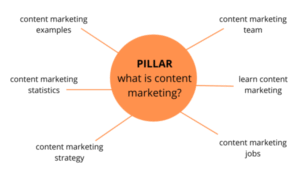
Where the real power of the pillar page comes in, regarding organizational strategy, is through the topic cluster model. Instead of having several articles floating around, this model clusters them according to subject. The pillar page would be your primary topic, while accompanying cluster pages are in-depth pieces that go into subtopics of it.
The pillar page connects out to each cluster site, and more significantly, each cluster page uses the same major subject term to link back to the main pillar page, establishing a clear and logical structure. That’s powerful two-way internal linking that tells Google of the very clear structure of your content. This system is important for semantic SEO since it helps Google understand how all those pieces of content relate to each other.
Why Pillar Pages are Essential to SEO Success
The importance of a pillar page is not just that it is a good idea; it’s simply an SEO ‘must-have.’ A number of key problems for both search engines and users are solved with them:
They provide a very clear structure of your content to Google, for one. Search engine bots can better navigate your website and determine the significance of your primary subjects when you have strong, centered pages that are crawlable and indexable.
Target users’ experience and engagement are much improved by this, as they can now easily go to more specialized subtopics, locate all they need, and quickly find greater value on a complete long-form content page. It will increase their time on your website, which is a crucial ranking component.
Above all, the greatest way to establish topical authority utilizing a pillar structure is to regularly create and arrange excellent material. As a matter of fact, it actually proves to Google that your site is a definitive and trustworthy source. This focused approach strengthens your site’s authority, ensuring better performance across all related keywords, a goal of all pillar page SEO.
The Hub and Spoke Model Explained
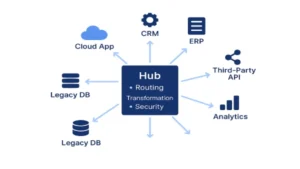 One could conceptualize the structure of a topic cluster in a hub-and-spoke model. The center hub constitutes the pillar page; it’s the high-level, broad overview of the topic. Representing the spokes are the supporting articles, or the content clusters, branching from the hub and linking back into it.
One could conceptualize the structure of a topic cluster in a hub-and-spoke model. The center hub constitutes the pillar page; it’s the high-level, broad overview of the topic. Representing the spokes are the supporting articles, or the content clusters, branching from the hub and linking back into it.
Consider this a beautiful, highly functional structure: the hub provides the overall picture, while the spokes address the precise, specific queries that your users are attempting to solve. For example, suppose you operate a fitness firm and have decided that your topic cluster is “Home Workout Guide.” For example, “Best Protein Shakes for Recovery” or “Bodyweight Exercises for Beginners” might be your spokespeople. The foundation of every effective subject cluster approach is this logical framework.
Key Elements of a High-Performing Pillar Page
1. A clear and comprehensive core topic
The point of a great pillar page is to be the single best resource for its topic on the web. They have to comprehensively cover all of the facets of the main subject at hand, including giving the user an overview of everything.
2. Strategic Internal Linking
You need to link naturally from the pillar page to all the relevant cluster pages. Just remember that critical rule: all these cluster pages must link back to the main pillar page using the keyword of the main topic. This two-way linking acts as the engine for the SEO of pillar pages.
3. Engaging Design and Readability
Since these pages contain long-form content, great formatting is absolutely necessary. Divide text up using clear subheadings and visuals and calls to action that enhance the user’s experience and help them to continue reading.
4. Optimized On-Page SEO
It means naturally using your core topic keyword in the title and main headings while using the related semantic keywords throughout the body. And then there are the technical aspects: Schema markup allows the search engines to understand what that page is supposed to mean.
How to Create a Pillar Page: Step by Step
Step 1 – Choose a High-Level Core Topic
Start with a top-level keyword, representing one of the big business themes. The topic should be a high-level subject that would have many articles underneath it. The subject must relate to a major customer need.
Step 2 – Map Related Subtopics
Create a list of very specific questions and subtopics related to your main topic. That’s easily done using your keyword research tools, which will further help you to build your content clusters and define topics for all of your spokes articles.
Step 3: Create Comprehensive, Value-Driven Content
Make the content on the pillar page truly remarkable. It should include unique insights, original data, extremely actionable advice, and truly comprehensive information and, above all, provide value rather than stop at a particular word count.
Step 4 – Optimize for User Intent and SEO

Make sure your pillar page directly answers the main user need for that keyword. Please use semantic keywords naturally and, more importantly, interlink your related content clusters using strong internal links to maximize the SEO benefits of the pillar page.
Pillar Page Examples from Leading Brands
The power of this strategy becomes clear when one observes successful brands. HubSpot is renowned for its pillar pages. Their guides, such as “What is Inbound Marketing,” are always complete resources. They use a clear table of contents to help with navigation. This links directly to dozens of supporting cluster articles. Backlinko also does some very comprehensive, authoritative guides as its content pillars. For example, the ultimate guides to things like link building are formatted to own the entire subject. Blue Compass does it by arranging its service pages around a pillar structure. These examples perfectly illustrate the effective use of the topic cluster model and strategic internal linking.
Common Mistakes to Avoid When Building a Pillar Page
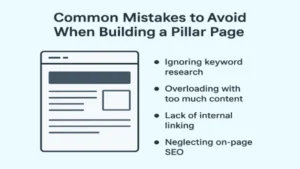
Creating an effective pillar page requires attention to detail. The most common mistake made with pillar pages is over-optimizing for one keyword. This makes the writing sound stiff and unnatural. Instead, focus on providing a great experience using various related semantic keywords. One of the critical mistakes made in creating pillar pages is improper linking to subtopics. Remember, two-way linking is a requirement for the structure to work. Other common failures include the creation of thin content instead of actual high-quality, long-form content resources. Lastly, if you fail to think about user experience and engagement metrics, it does not matter how perfect the linking is; your page just won’t rank well. The pillar should be easy to read and a pleasure to navigate.
Future of Pillar Pages in 2025 and Beyond
The importance of pillar pages is only growing as search technology advances. Google leans on artificial intelligence and semantic SEO, and the search engine cares more about deep contextual relevance than ever before. It wants to understand your complete expertise. The content hub structure is the best possible way to prove this broad, deep knowledge. With algorithms getting smarter, sites with scattered and unconnected content will struggle. The role of AI tools will increasingly focus on helping content managers quickly audit their existing clusters to ensure that all spokes are fully supporting and enriching the main pillar content. This solid structure is your best long-term strategy for building authority and managing algorithm changes, especially considering the growing role of AI in SEO.
Conclusion
A pillar page is far more than a simple article; it’s the fundamental website architecture that defines your topic cluster strategy. It is the process that enables you to establish topical authority that is long-lasting and durable. Modern search engines actively seek and reward resources that are clear, logical, and expert-level. You can achieve this by committing to a thorough content pillar and then carefully connecting it to detailed cluster content.
Begin your SEO pillar strategy today to build long-term authority.
FAQs
Q1: What is a pillar page in SEO?
A pillar page is a detailed, high-level guide that serves as the primary point for a big topic on your website.
Q2: How lengthy should a pillar page be?
They are often long-form articles spanning from 2,000 to over 5,000 words.
Q3: What is the distinction between a pillar page and a landing page?
A pillar page builds authority by providing information, while a landing page has its main purpose of making a direct conversion. You can optimize for SEO for landing pages differently than for pillar pages.
Q4: How do topic clusters help SEO?
Topic clusters allow for strong internal linking that indicates to Google deep and complete topical authority.
Q5: What are good examples of pillar pages?
The best examples include HubSpot’s Inbound Marketing guide and Backlink’s advanced SEO resources.
